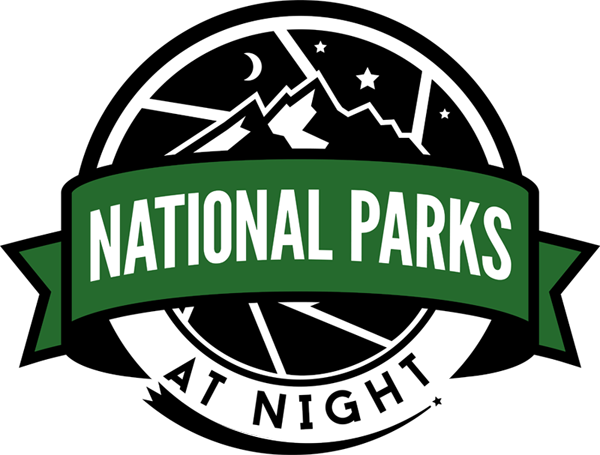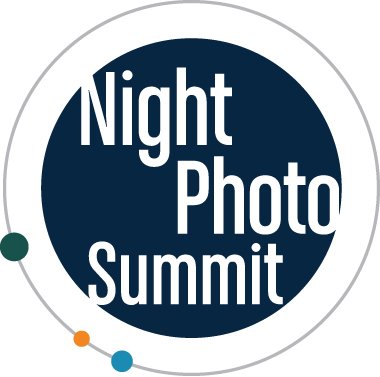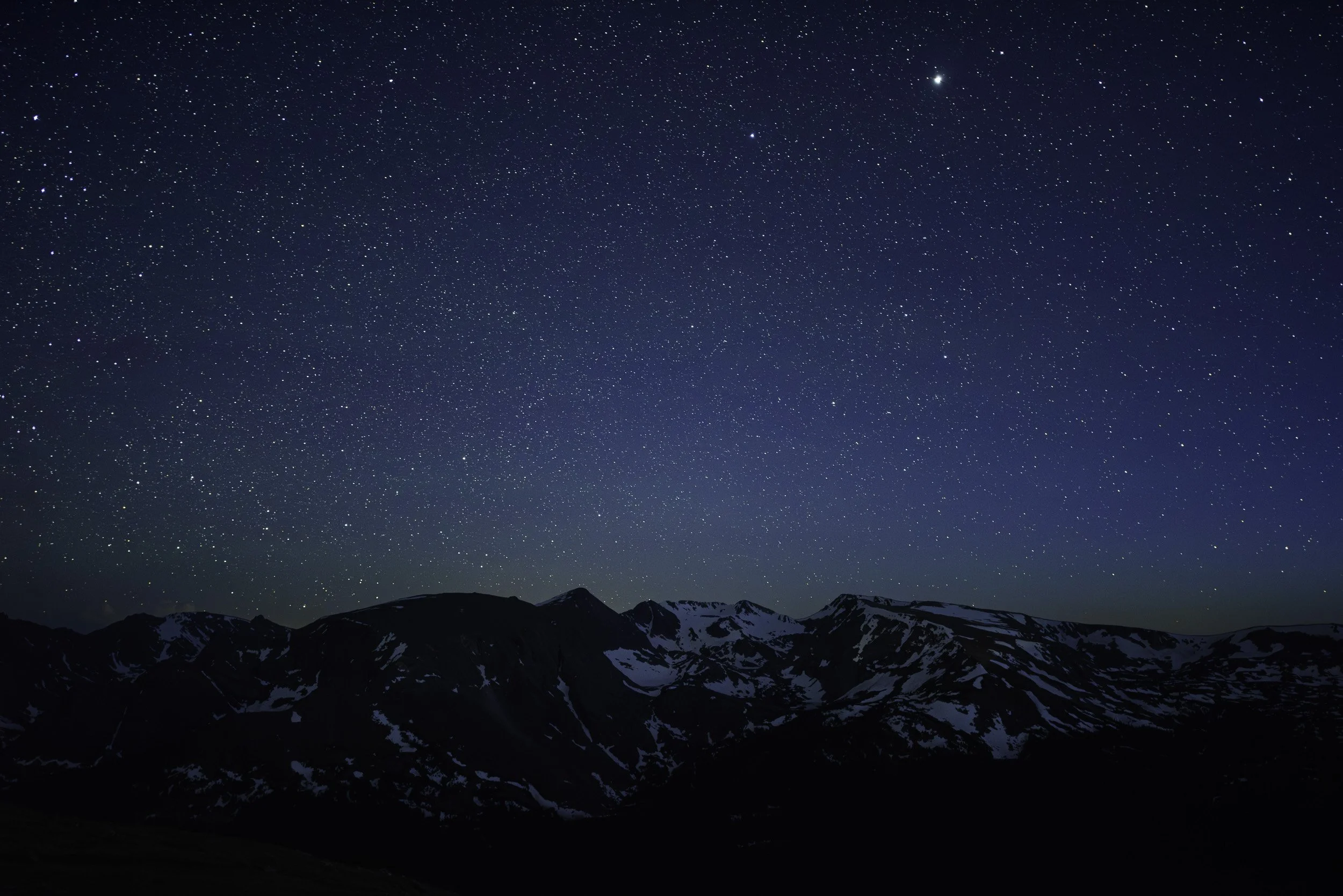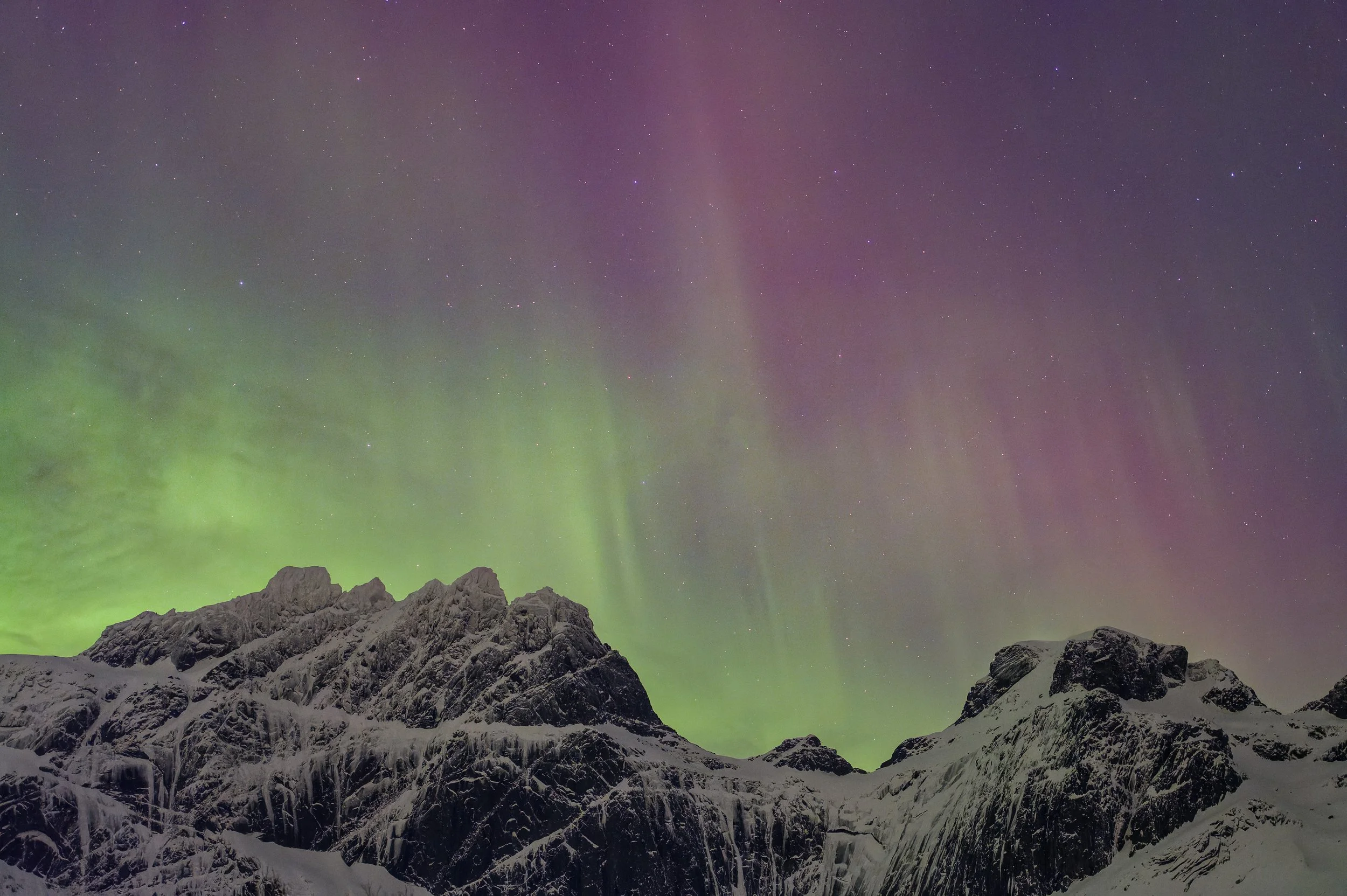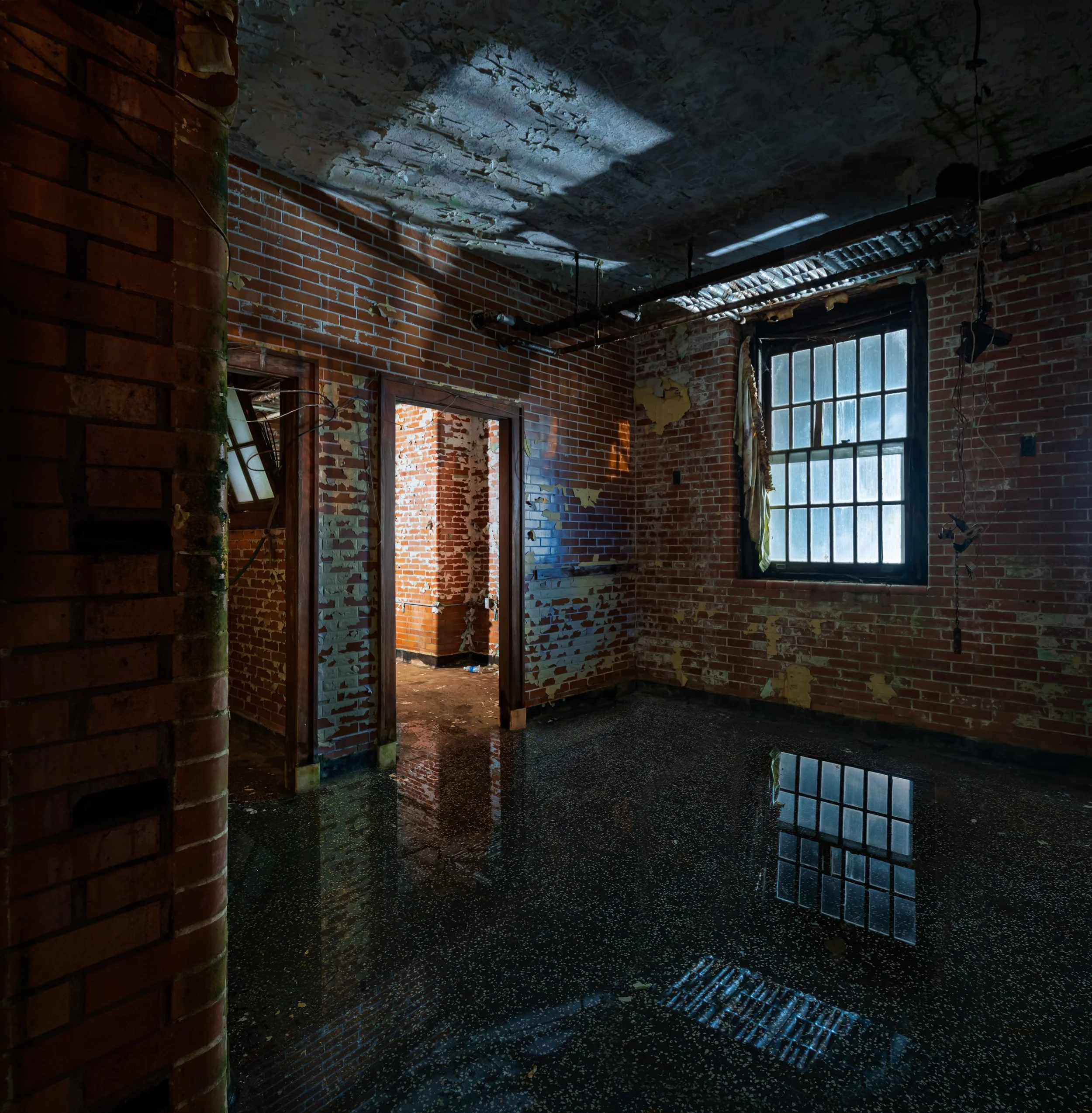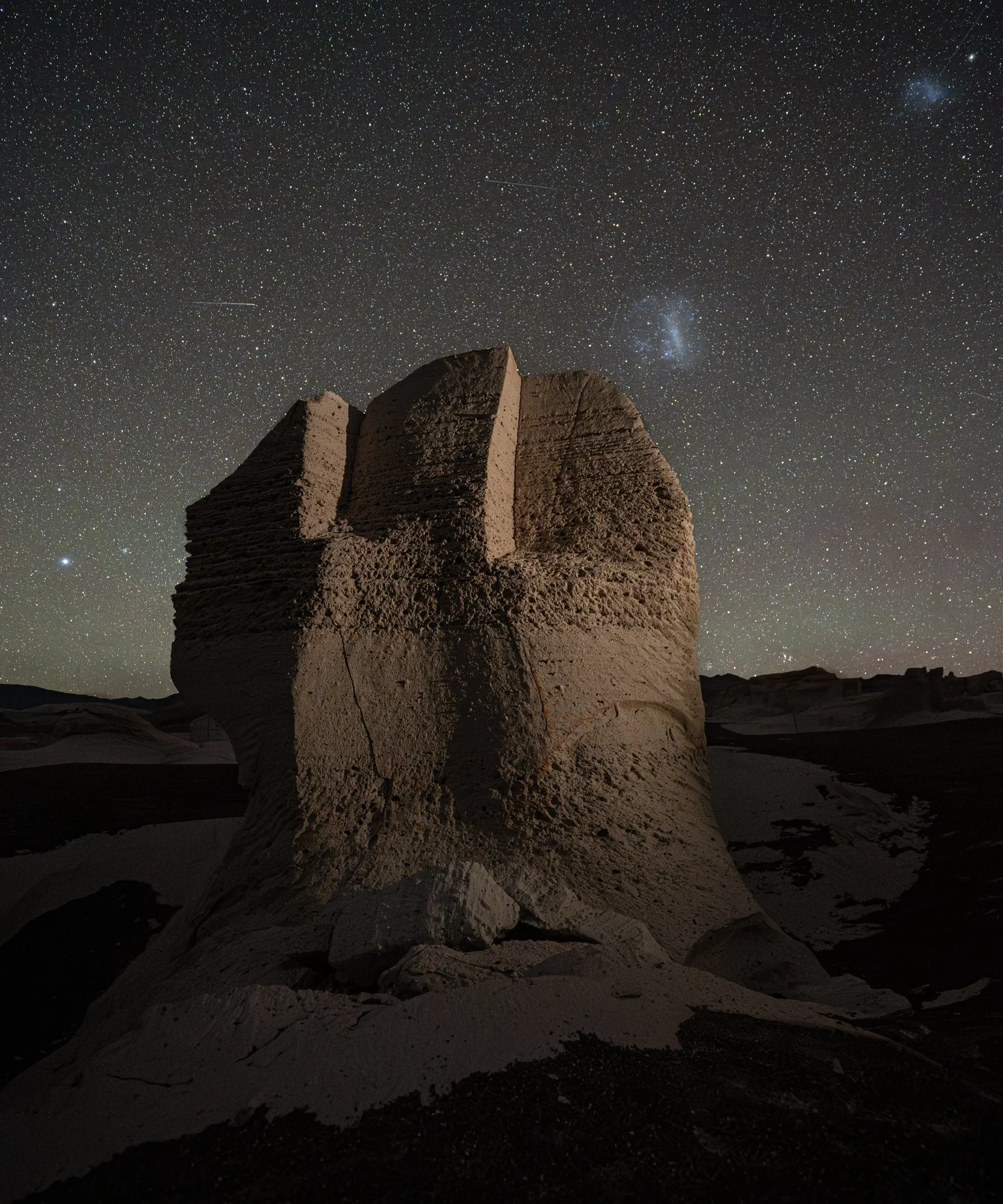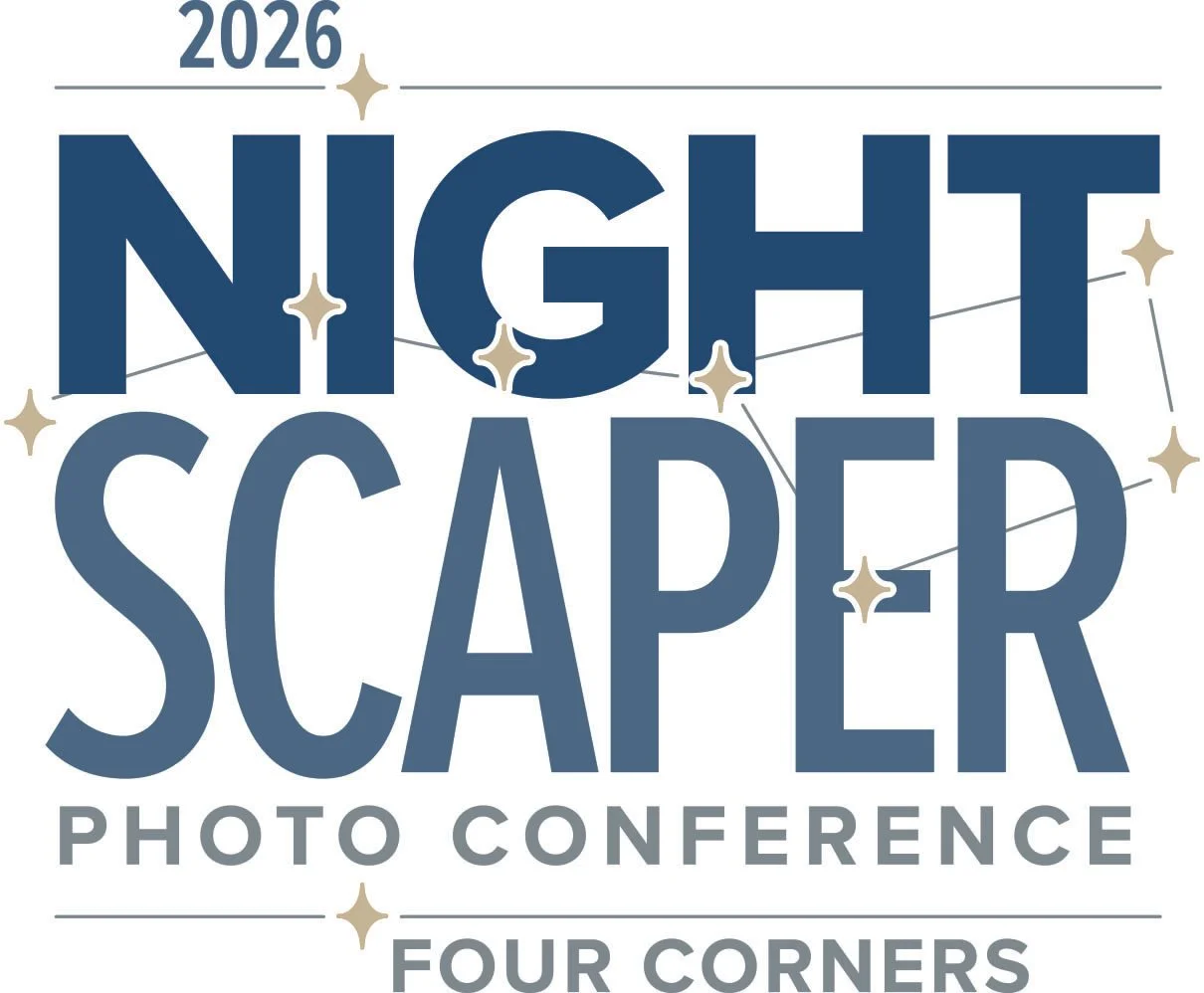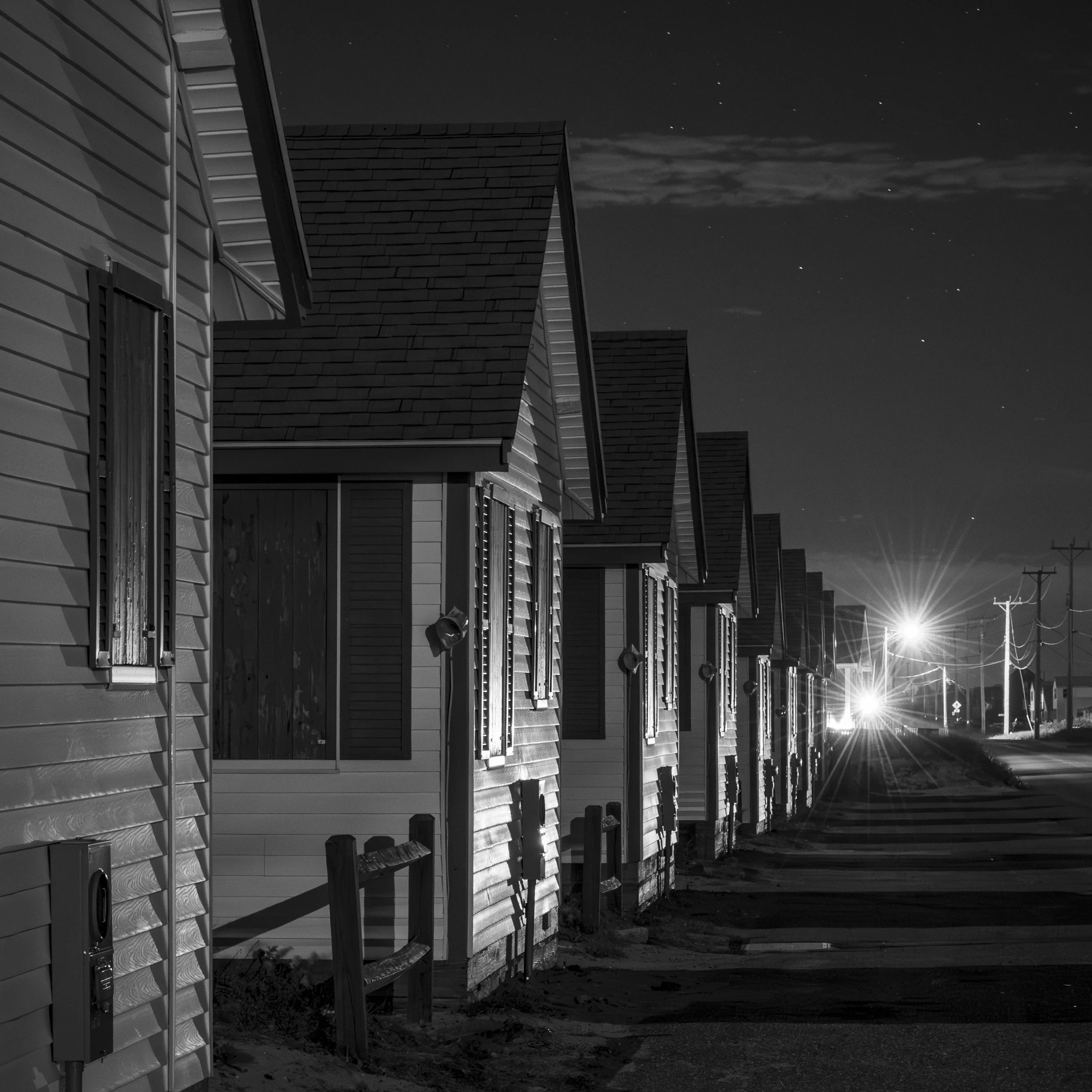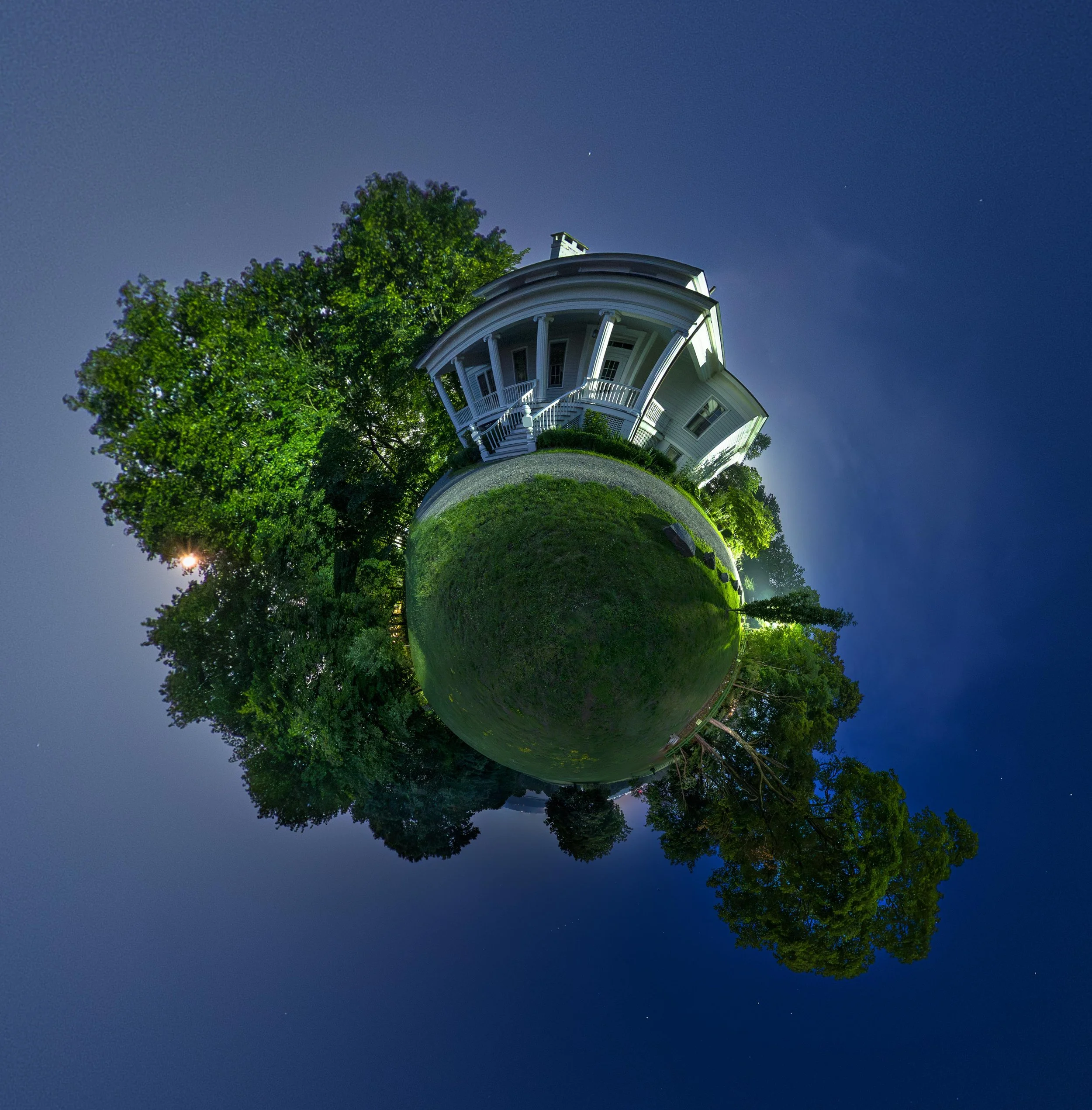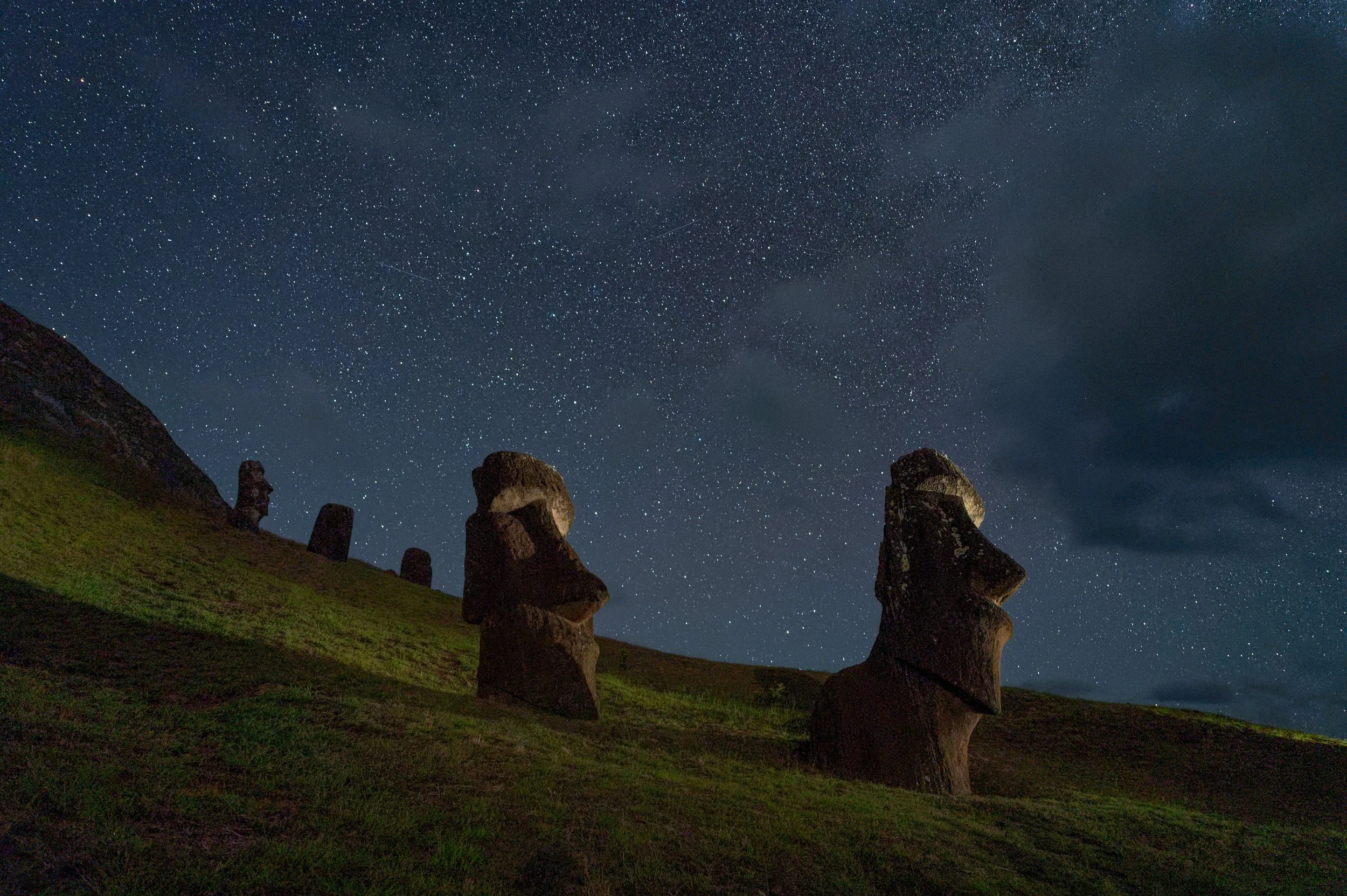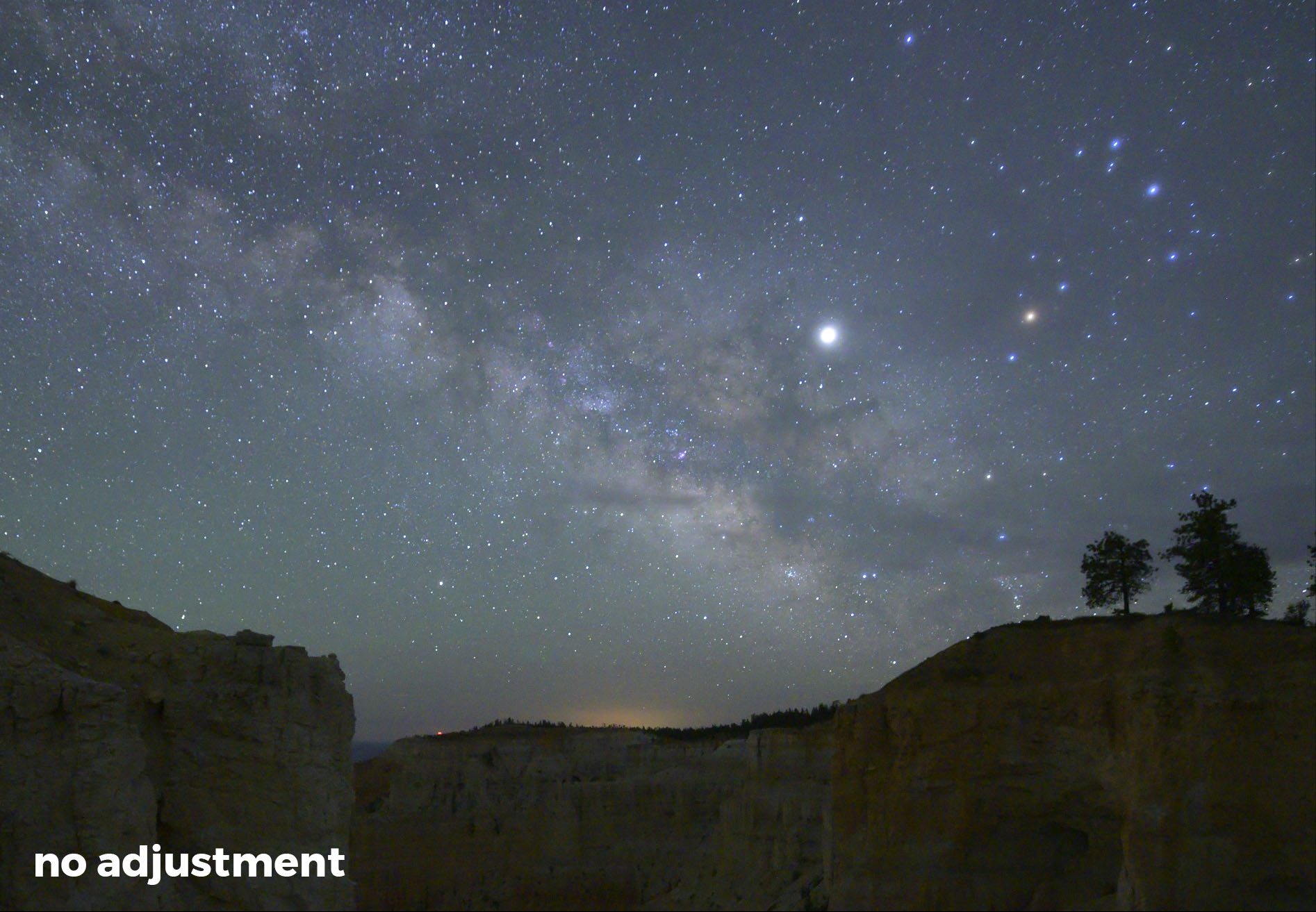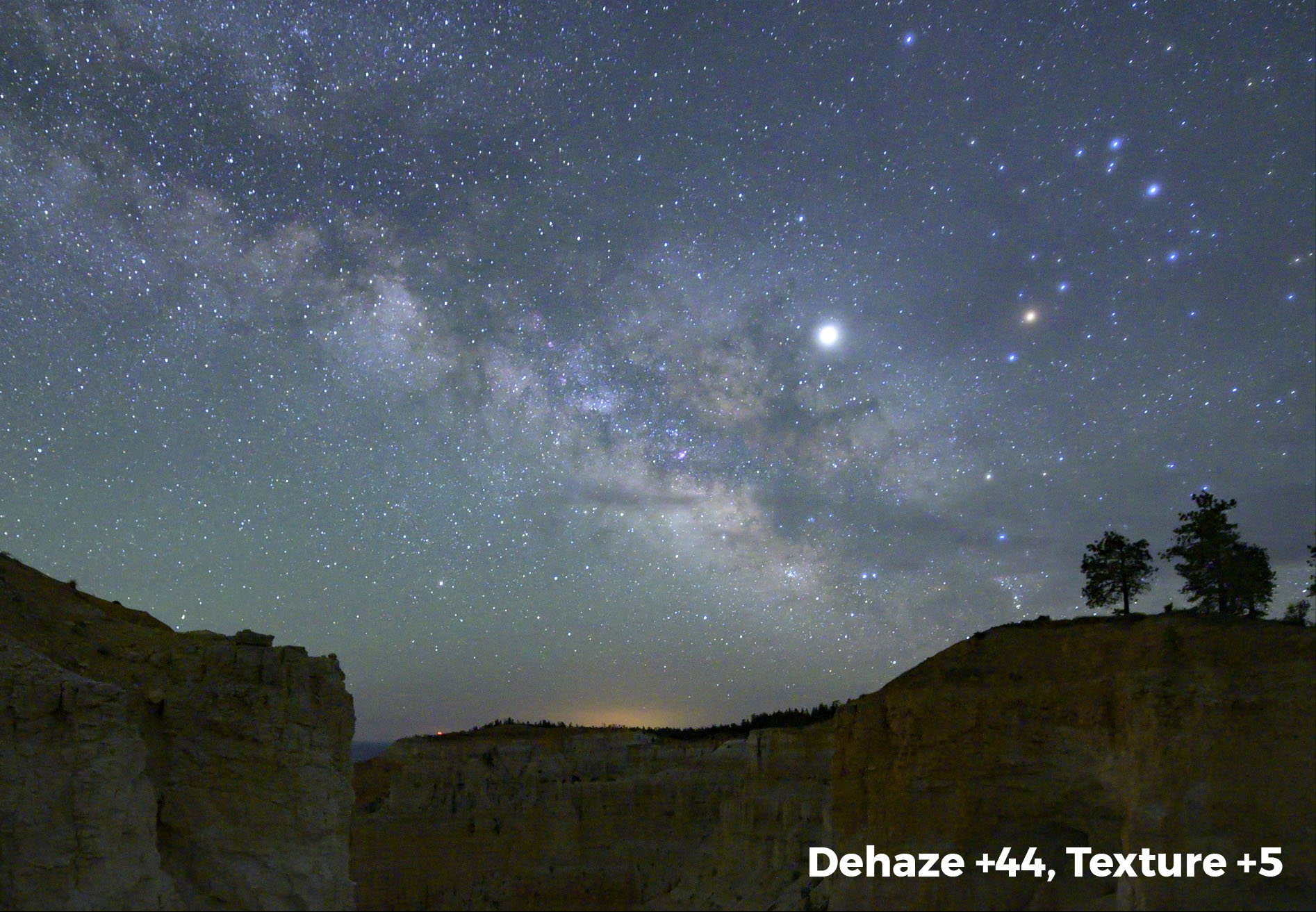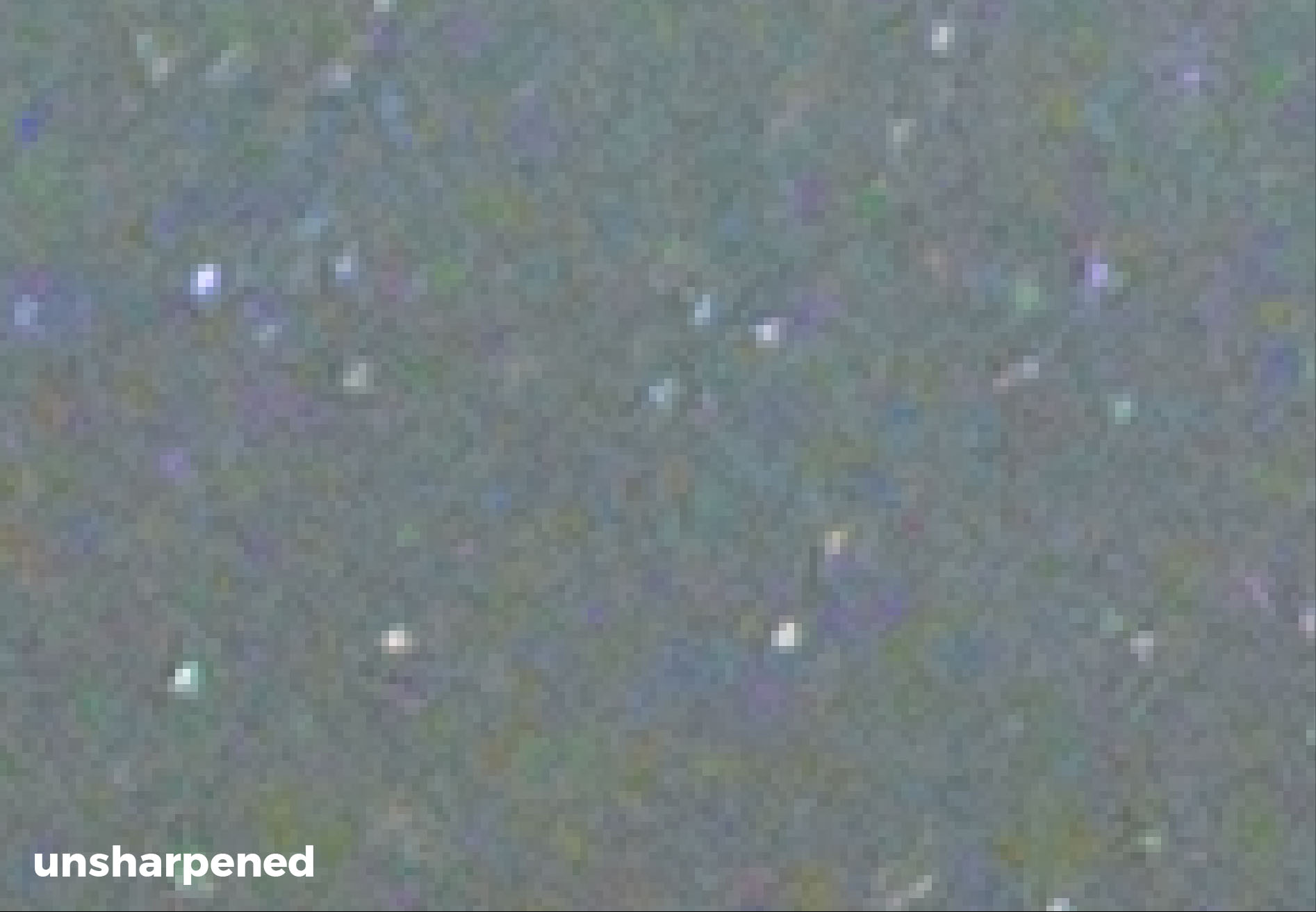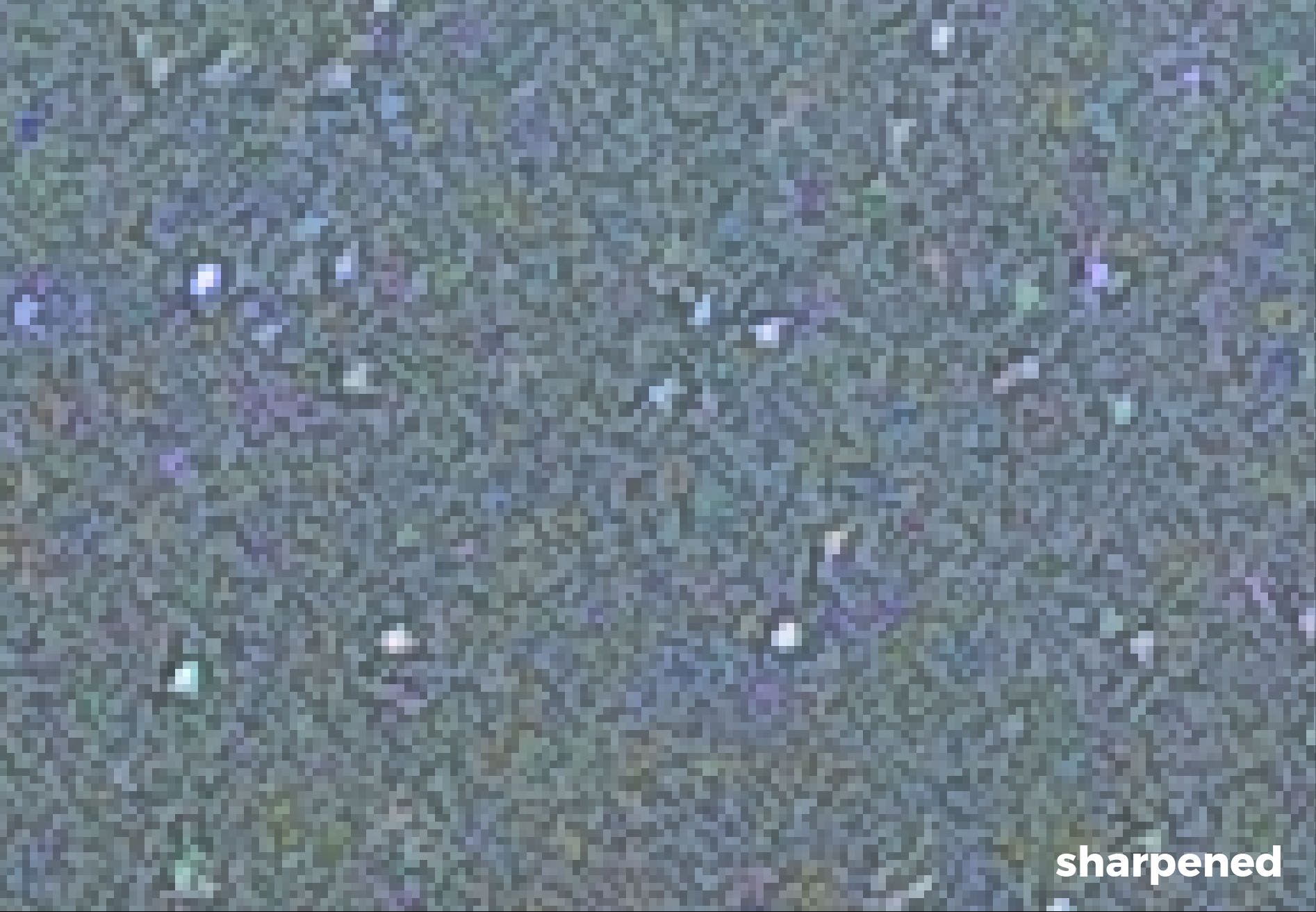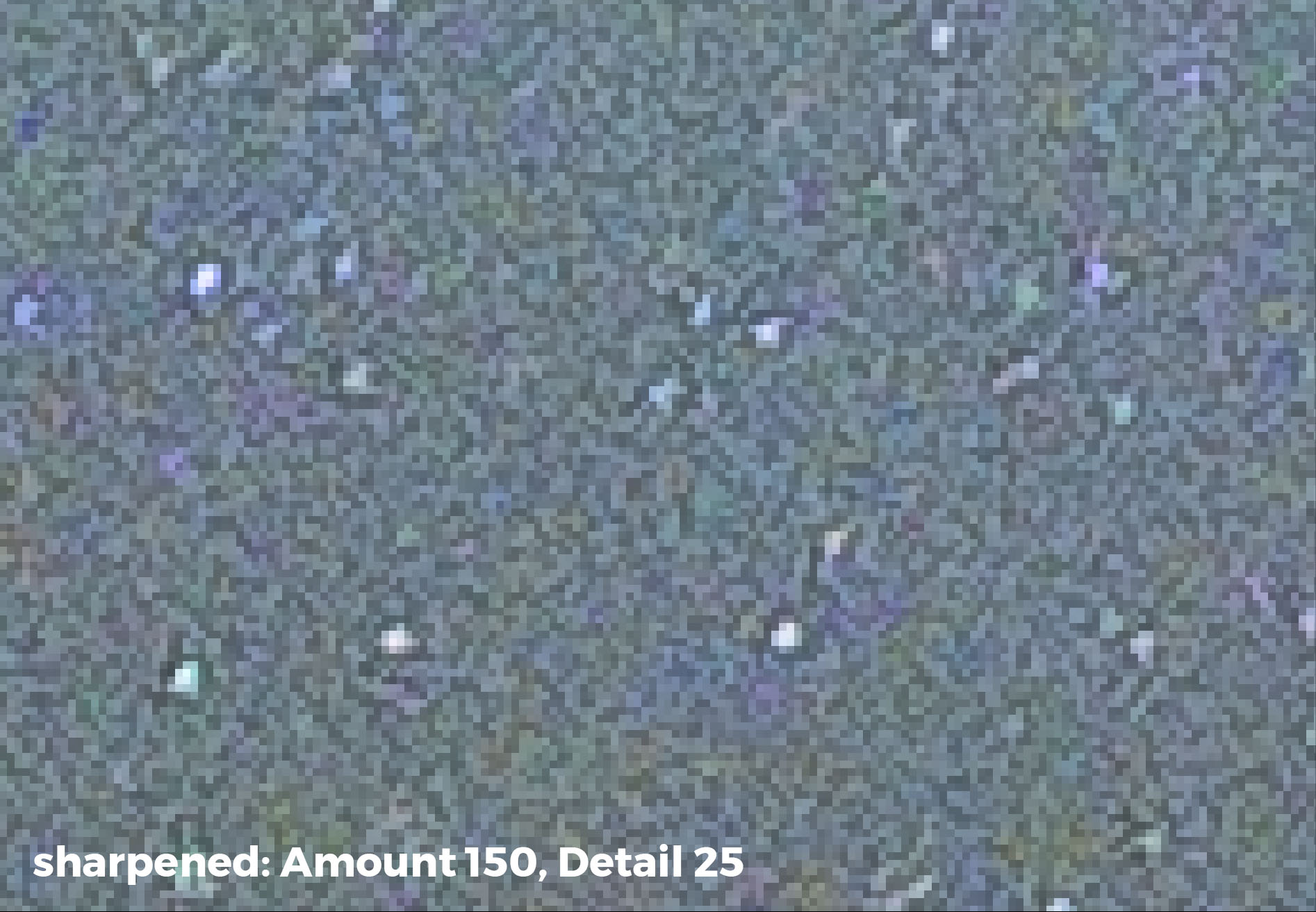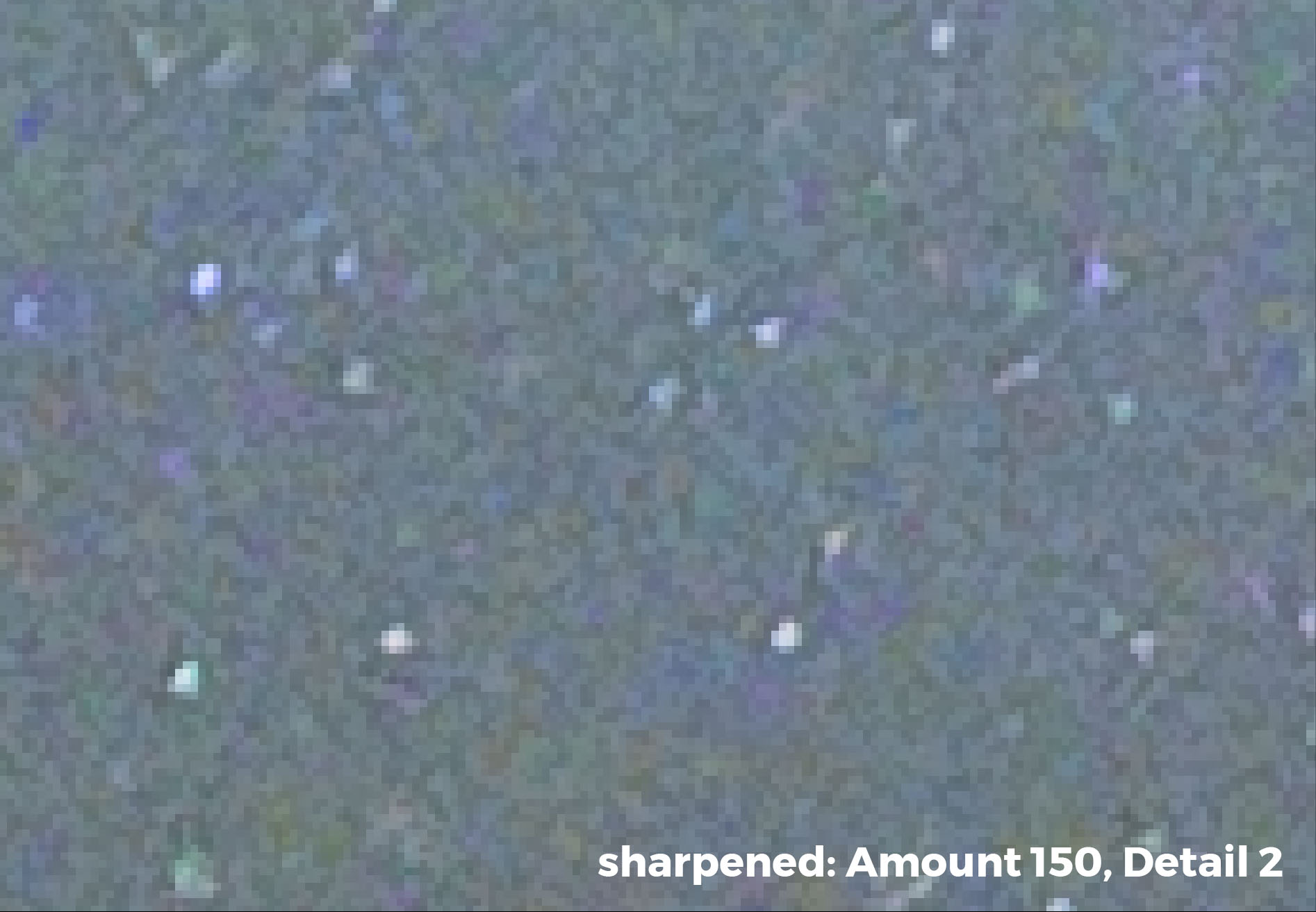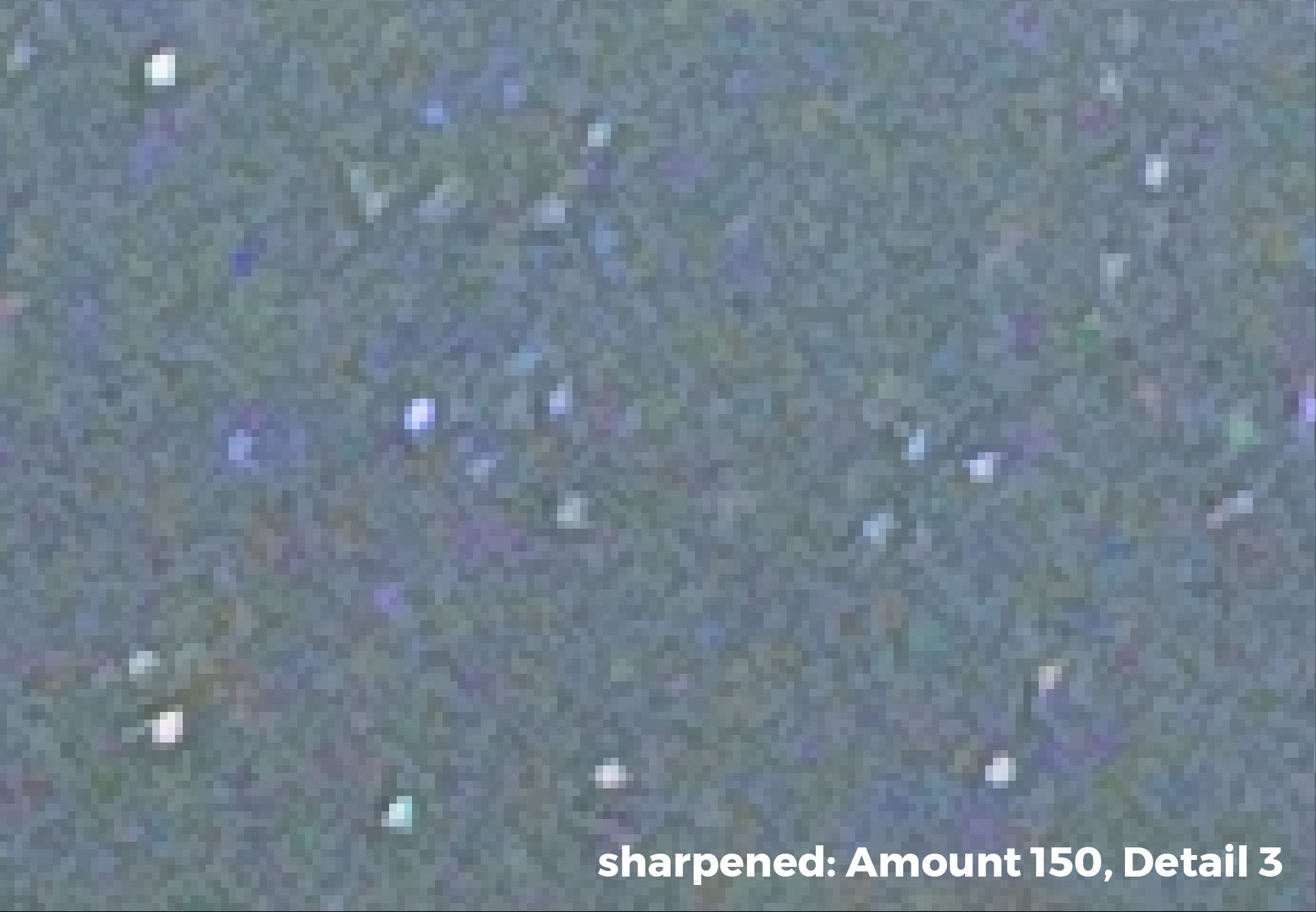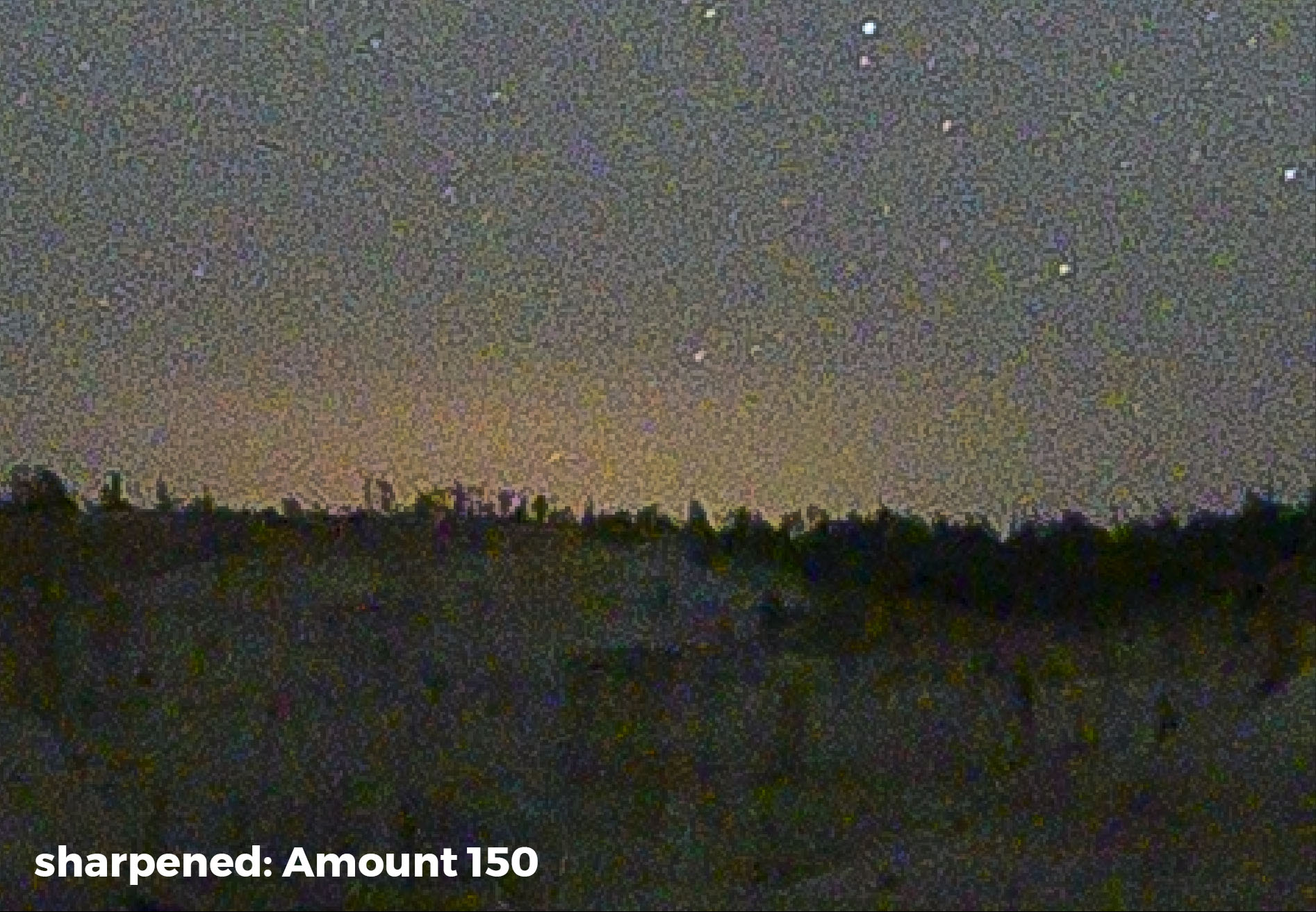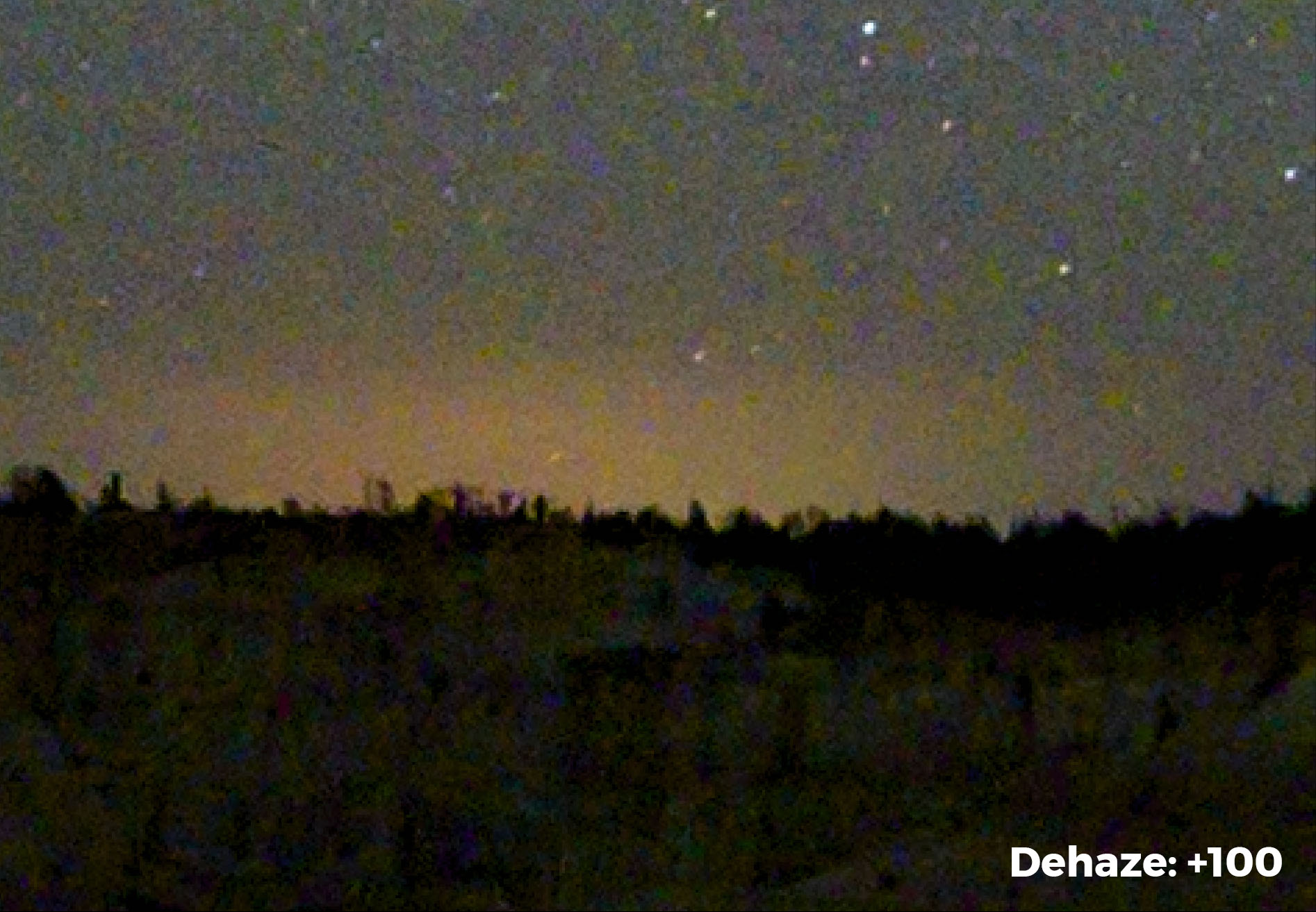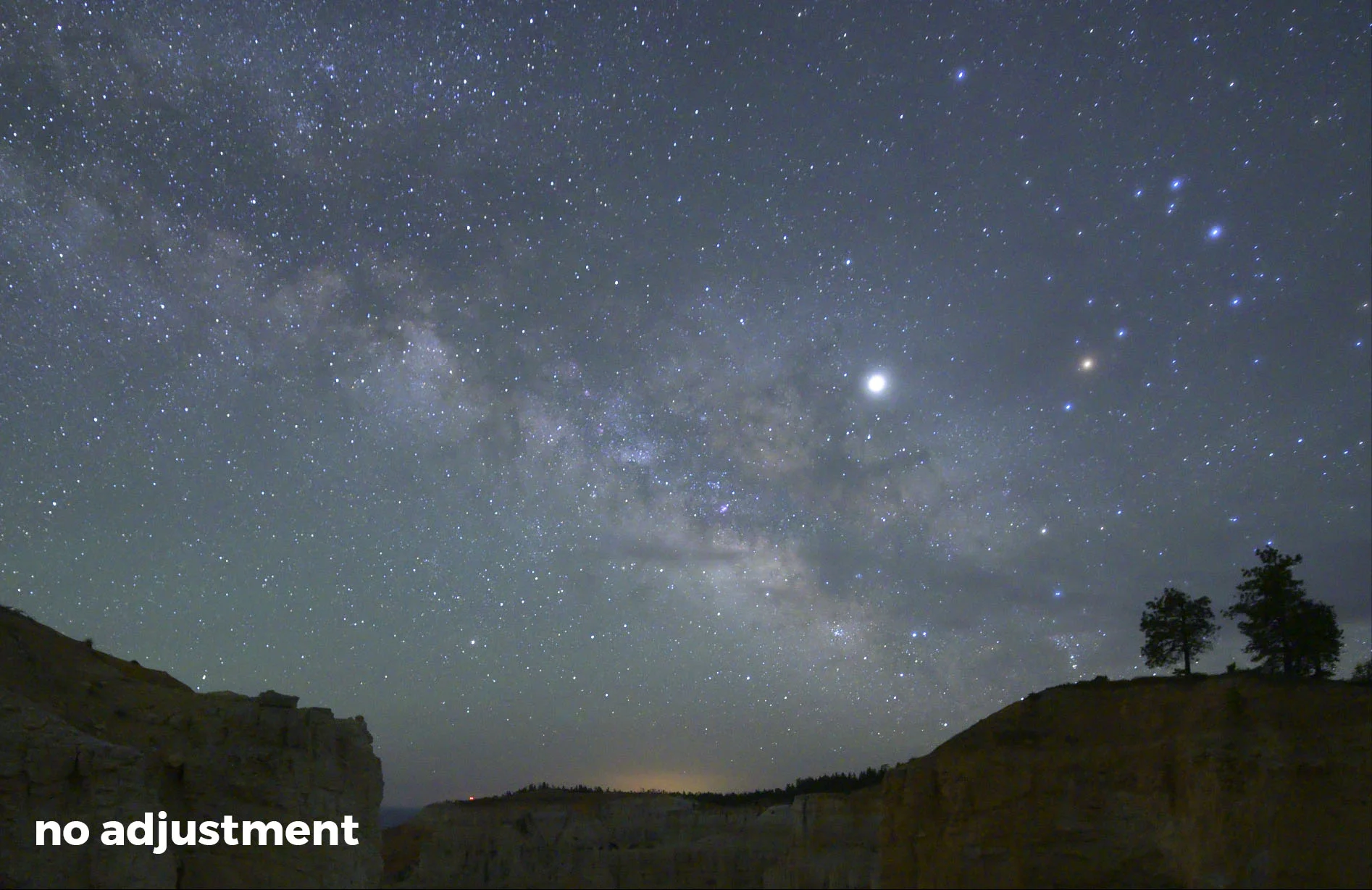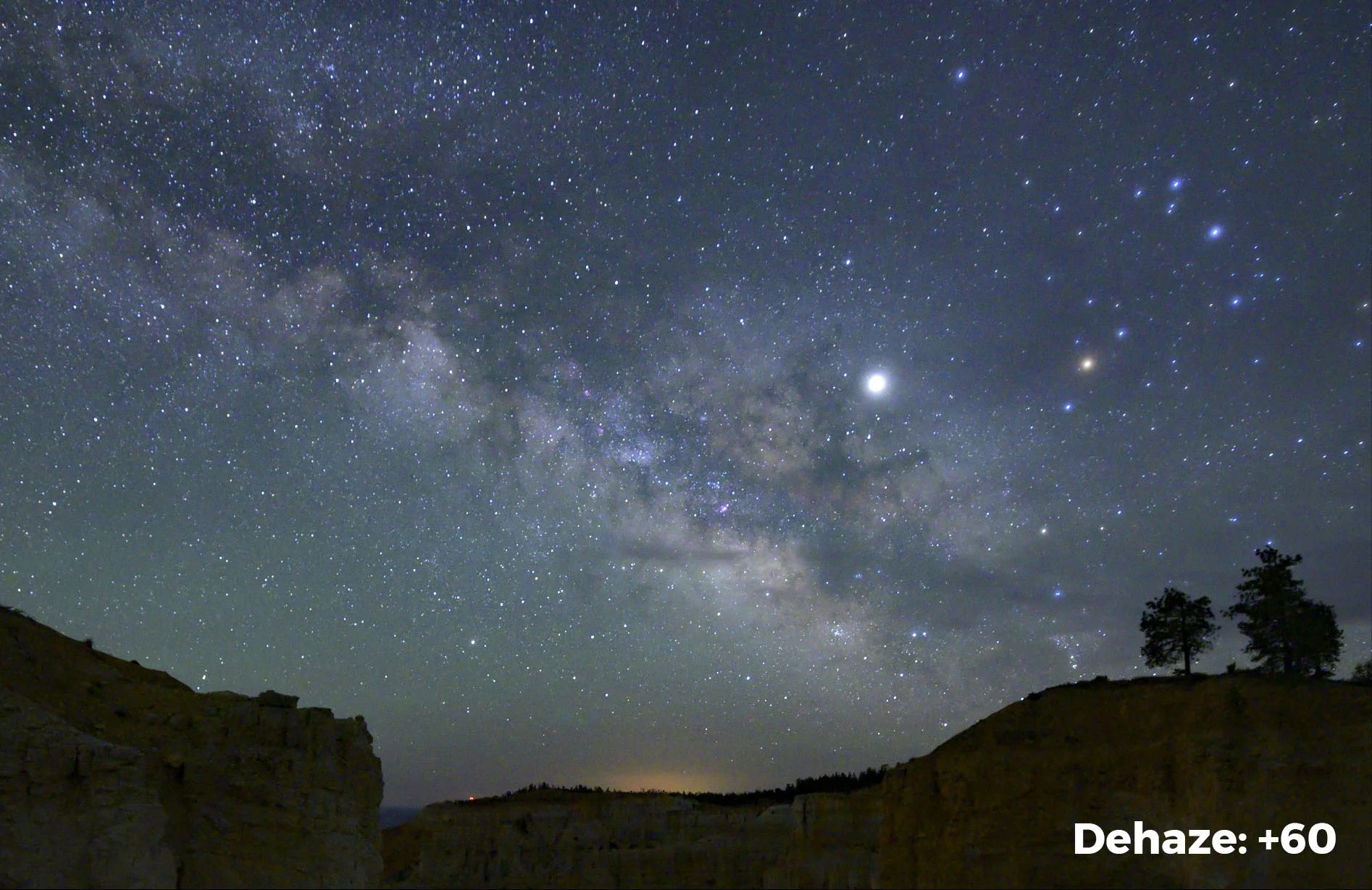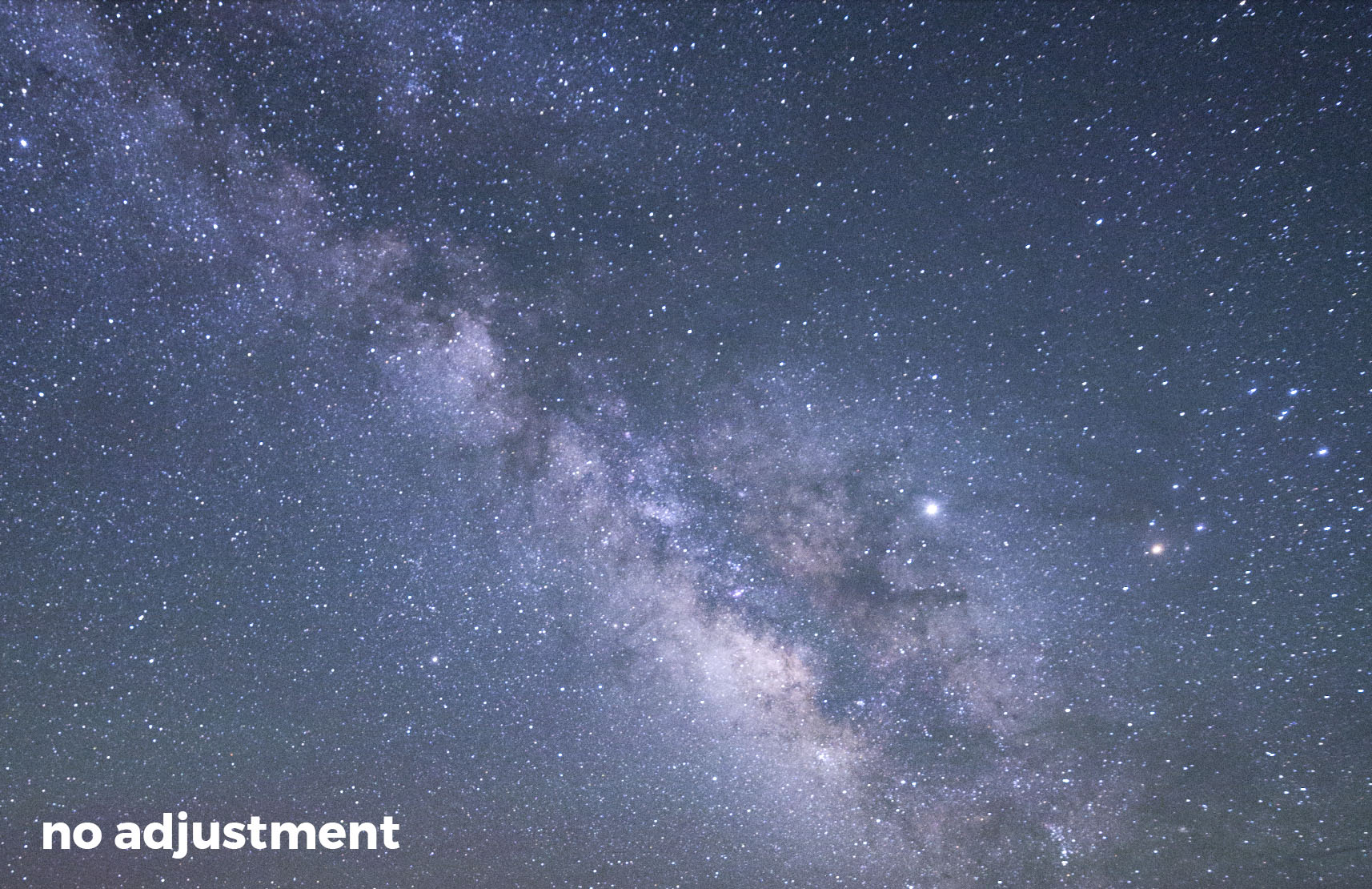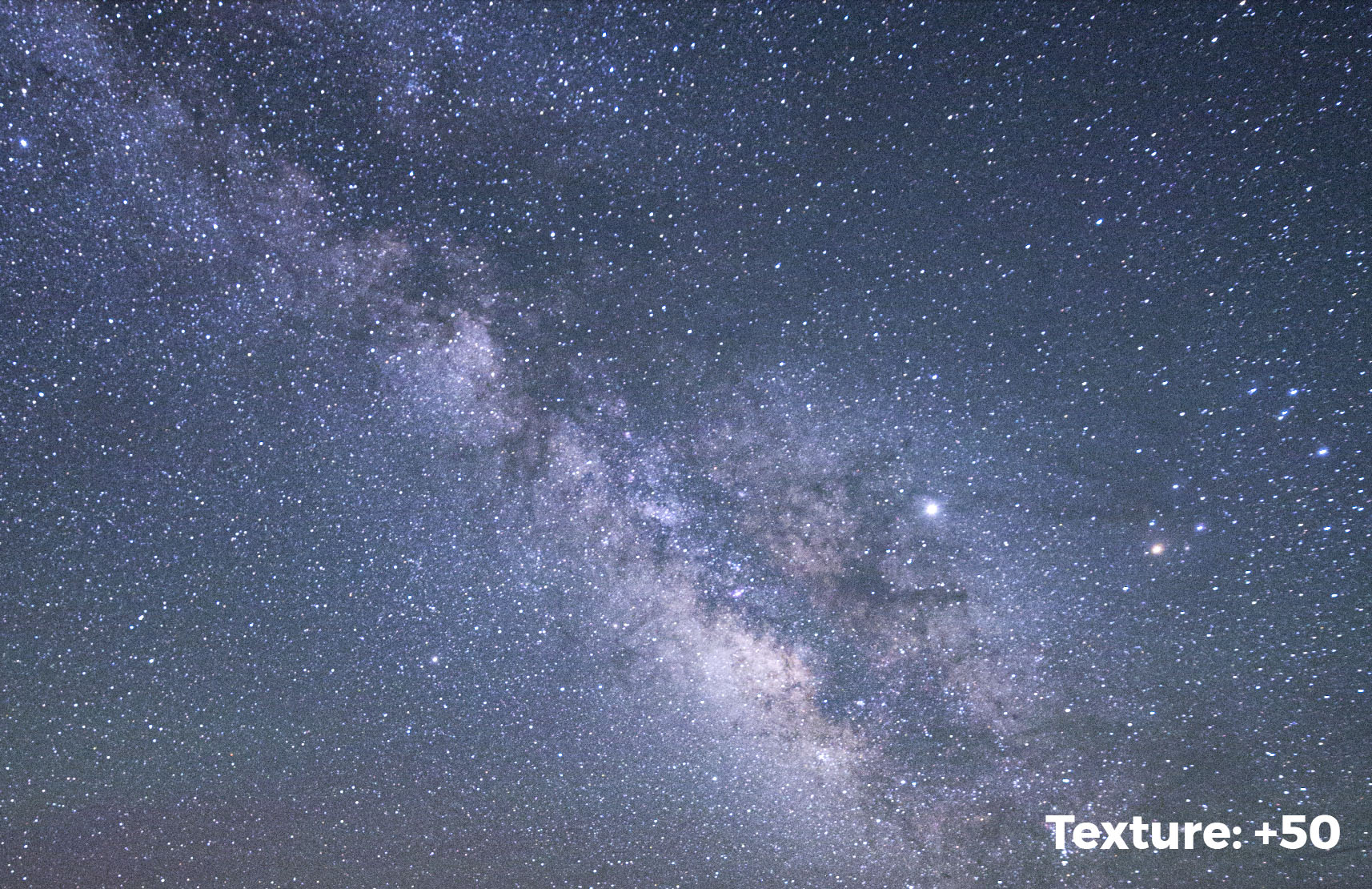This installment of our “Five Questions” series features inquiries about large image files, light pollution filters, lenses for Fuji, organizing files in Lightroom and old Canon cameras..
If you have any questions you would like to throw our way, please contact us anytime. Questions could be about gear, national parks or other photo locations, post-processing techniques, field etiquette, or anything else related to night photography. #SeizeTheNight!
1. Giant Files Missing from Lightroom
A 4 GB, 38-layer PSB file from Matt. Files this big don’t show up in the Lightroom catalog.
Q: I have run into an issue with large file sizes when image stacking. In Lightroom, after I choose Open as Layers in Photoshop, the final layered file is greater than 2 GB. I saved it in PSB large document format. The file was saved to the disk, but is not showing up in my Lightroom catalog like PSD files do, nor does it show up in the Import window in Lightroom. It looks like Lightroom cannot see the file at all. So I tried flattening the file, but then I got a moiré pattern in the image. Have you seen this before? What is your process for saving and working with very large Photoshop files? — Craig
A: That is correct—for some reason, Adobe hasn’t allowed Lightroom to see PSB files. So your options are to either work with that file only in Photoshop, or to flatten it so it saves as a smaller PSD file.
But yes, flattening can occasionally create its own challenges. We have seen that moiré issue with stacked photos before. It happens sometimes, but not others, and we haven’t been able to identify a pattern of when or why. We’ve asked others who are Adobe-knowledgeable, and haven’t found an answer—but we’ll keep trying! What I can tell you is that the moiré seems to happen more often when working with images from higher-resolution cameras, and that sizing down the image a little before flattening seems to help. — Chris
2. Filtering Light Pollution
Light pollution from Miami over Everglades National Park. Nikon D3s, Nikon 17-24mm f/2.8. 20 seconds, f/2.8, ISO 6400. © 2013 Chris Nicholson.
Q: Do you use light pollution filters of any kind? I don’t remember any of you mentioning them, and I don’t see them in your gear list. Are they just a scam? It seems like such a filter would help when you can’t get to a dark sky area. — Brien
A: Night sky filters mostly help with color shifts from light pollution, and can increase contrast in the sky. We’ve tried a couple of them, but have not tested them scientifically––yet. There will be a blog post comparing them for effectiveness before too long.
That said, I think the general consensus is these filters they can improve skies somewhat, but probably don’t provide $250 to $300 worth of improvement, which is what they tend to cost. I wouldn’t call them scams, but I also probably wouldn’t call them a great investment if resources are limited.
If you decide to try one, please let us know what you think by sharing in the Comments section or on our Facebook page. — Lance
3. Night Lenses for Fuji
Q: I own a Fuji X-T2 and have a 14mm f/2.8 lens. I notice that at least one of you has posted photos using an X-T2 with their 10-24mm f/4 lens. These photos look great. I have been looking at that lens and/or the Fuji 16mm f/1.4 to get a stop or two of additional light, given that the tests I see appear to indicate the corners are much softer at f/1.4, better at f/2 and pretty good at f/2.8. My interest in the 10-24mm is the flexibility and range down to 10mm, but I am concerned about the stops of light I would give up. What is your experience with these lenses, and do you think I should instead look more deeply at a Samyang or Rokinon 12mm or 10mm? — Larry G.
A: Several of us have been shooting with Fujifilm since the X system came out, and our two favorite lenses for the night are the Fuji 10-24mm f/4 and the 16mm f/1.4.
The 10-24mm gives an excellent zoom range that’s good for including lots of night sky. The f/4 does limit light, which makes it challenging for Milky Way shots, but if you were to shoot at ISO 6400 or 12,800 and use Starry Landscape Stacker, then you could get away with it. However, the 16mm f/1.4 would be our preferred Milky Way lens for Fuji—it’s an excellent focal length and you can shoot wide open or stop down to f/2 without a worry.
That being said, if I were to buy into the Fujifilm lens system now, I’d have to give their new 8-16mm f/2.8 lens some serious consideration. It’s wider, faster and heavier than the 10-24mm, but the f/2.8 aperture gives it the versatility to shoot in any day or night situation.
On the higher end of tried-and-tested night lenses, I’d also recommend:
The Zeiss Touit 12mm f/2.8 is similar to the Fujifilm 16mm f/1.4 in image quality, but is wider.
For budget and manual focus lenses:
I’m not a fan of the Rokinon/Samyang lenses—I’ve had too many with soft, out-of-focus edges. (Though I might try Samyang’s new 10mm f/2.8.)
Matt and I both own the inexpensive 7Artisans lenses—the 12mm f/2.8 is pretty good and Matt really likes his 7.5mm f/2.8 fisheye.
Finally, with adapters, any lens can be at your disposal:
Our favorite night lens is the Irix 15mm f/2.4 that comes in Canon, Nikon and Pentax mounts. It’s manual focus with a click stop at true infinity, it has hyperfocus markings, and you can lock your focus. It comes in two versions: Firefly and Blackstone. Optically they’re the same, but the Firefly is polycarbonate and the Blackstone is magnesium alloy. The former is lighter, and is best for hikers and photographers who are otherwise weight-conscious; the latter is more rugged, made for extreme situations, and has engraved fluorescent markings that are easy to read at night. — Gabriel
4. Organizing Photos in Lightroom
Q: I really want to move into Lightroom, but I do not organize my images by date. It just won’t work for me because I really want to group photos by place and such so I can look at a “place” together with all times I’ve been there. I know that’s what collections are for, but I cannot even begin to fathom reorganizing everything into dates and collections. Can I use Lightroom that way? — Therese I.
A: You’re in luck, because the Lightroom engineers designed the catalog to be pliable enough to use in whatever way feels comfortable to individual photographers. So when organizing photos, do whatever makes sense to you.
There are two strategies I see most often:
Organize into folders by date, and use keywords, collections, etc., to catalog and find them. This is what I do. That works very well for the way I think, because I have a very good memory for dates—show me an image of mine and I can tell you the month and year I shot it. A folder in my catalog might be “2016-05-20_Acadia.” So I do have location info in the folder name, but it’s only secondary. However, this approach doesn’t necessarily work so well for a fair number of other people whose brains don’t categorize information the same way mine does. Many other folks tend to …
Organize images into folders by region, country, city, etc. So there might be a folder structure of United States -> Southwest -> Arizona -> Grand Canyon. Using this strategy, you could still search by date, as that info is built into the metadata.
Really, it just comes down to which way your brain tracks these things better. Like I said, I’m in Group 1, as are Gabe, Matt and Lance. Tim is in Group 2. Lightroom is flexible enough to make your own system within the confines of the software. The important thing is to pick a strategy that is easy enough to implement while effective enough to be useful, and then to be diligent about sticking with the procedure you choose so that you can always find your images quickly and effortlessly. — Chris
5. Old Canon vs. New Anything
Q: What is your thought on the Canon XSi for landscape and night photography? I was thinking of upgrading to a their DLSR cameras, but was wondering if a Nikon camera would be a better option. — Nichole P.
A: The Canon XSi is more or less an entry level camera from 2008, and, to put it mildly, would be a subpar choice for night photography. We recommend a current camera that is at least one notch up from entry level.
To an extent, it matters what kind of photography you’d like to do. If you want to photograph the Milky Way, then the above recommendation is a minimum, and we’d encourage you to step up to a full-frame camera like the Canon 6D Mark II, or even the original 6D (which you could get on eBay for about $500) if you are on a tight budget. Over at Nikon, the D750 is an outstanding value, or the D5500 or D5600 would be OK.
Most importantly, I recommend buying a current generation camera. Even with lower-priced models, current cameras are far superior to those that were made even just a few years ago. — Lance
